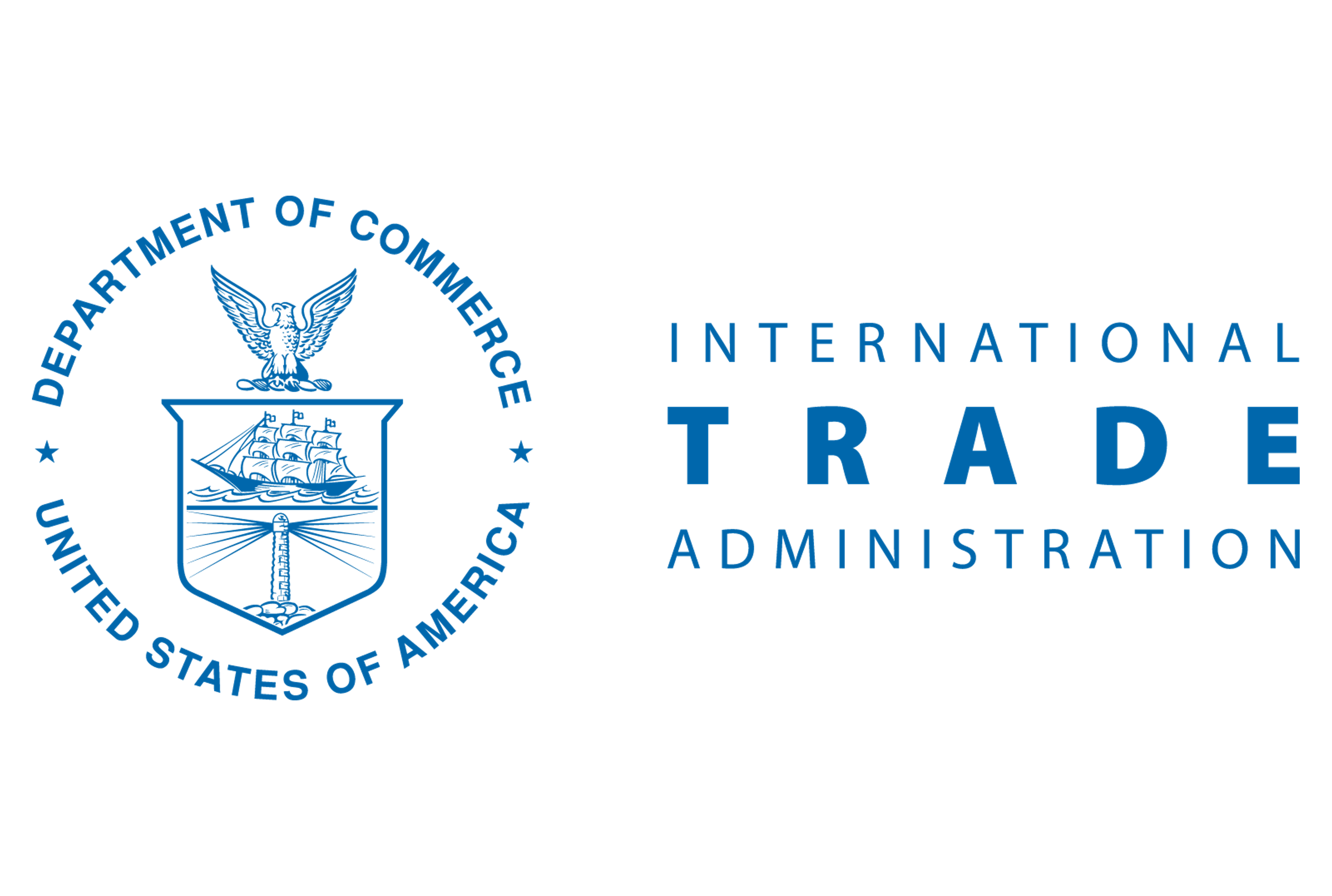Analysis

January 17, 2022
Letter to the Editor: Accounting Is Not a Trick
Written by Tim Triplett
I was reading your Final Thoughts and appreciated most of your comments, but I have some major issues with the inaccuracy of this paragraph.
“Accounting tricks like inventory write-downs can help narrow the gap between a service center’s cost for steel and what a customer is willing to pay for it. But some losses are inevitable, at least until the price declines begin to plateau.”
![]() (See Tim Triplett’s Final Thoughts on Jan. 16.)
(See Tim Triplett’s Final Thoughts on Jan. 16.)
Writing down the value of inventory before it is sold is not an accounting trick. How is recording a loss an accounting trick? Ignoring a loss is an accounting trick.
When a company writes down the value of its inventory, it is recognizing a loss before it is sold. If it buys a coil for $2,000/ton and it is only worth $1,500/ton at some point later on, it is required to recognize that loss at the time the market value is lower than the cost. If a company does not do this, it is overstating its income.
What many companies have done in the past is to ignore these market movements, hold onto the expensive coils in the hope the market would move back up, and flip new steel that it is buying closer to the market – making it appear they are making margin and ignoring the large losses that it has yet to realize in its inventory.
In markets that have had extended negative market fluctuations, this has killed off several companies when ultimately the old expensive inventory became too old to be eligible in the company’s borrowing base or had to be marked down.
By not marking its inventory down correctly, a company is reporting an inflated balance sheet, inflated borrowing base and an inflated income statement.
Service Center CFO
(Name Withheld on Request)







